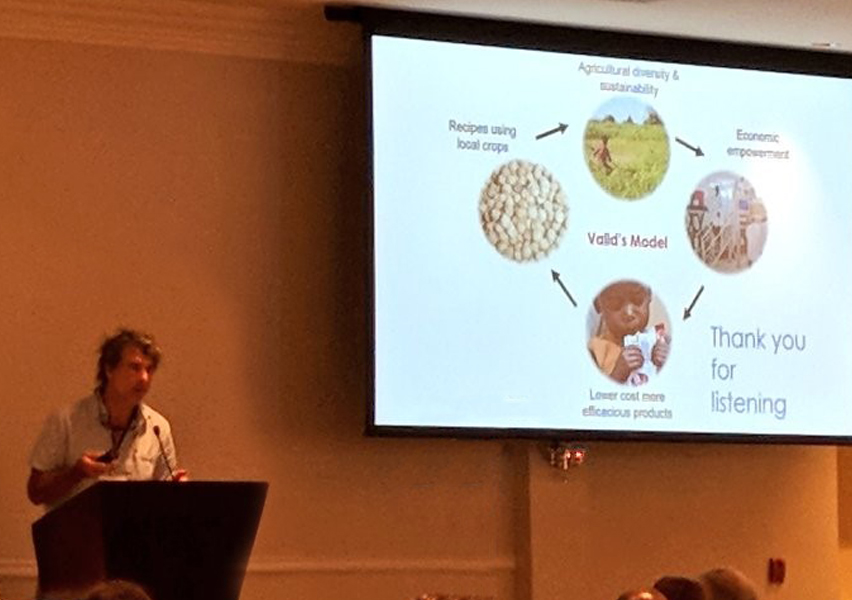Malnutrition: Definition | Causes | CMAM
Community-based Management of Acute Malnutrition
VALID Nutrition’s sister company Valid International, in partnership with Concern Worldwide developed the Community-based Management of Acute Malnutrition (CMAM) model for the treatment of malnutrition. The model was created following a Reseasrch and Development project which involved the collection and analysis of data from scores of programs and tens of thousands of patients, as well as medical and nutritional research and anthropological studies.
The research highlighted that:
Effective patient treatment must be embedded in a practical model of delivery and social mobilisation. Effective patient treatment must be embedded in a practical model of delivery and social mobilisation.
Programmes must be designed so that people can access treatment early. Nutrition interventions need to be integrated with agricultural production.
The research resulted in the development of the CMAM model to address malnutrition. The principles behind CMAM are:
- Provision of safe, effective therapeutic food for people to use at home, rather than costly treatment in inpatient centres.
- Working with communities to help the communities identify cases of malnutrition and to encourage early presentation before patients become critically ill.
- Delivery of therapeutic food through existing structures, reducing costs through integration of the treatment of malnutrition into health structures.

Proven Results
- Since 2000, hundreds of thousands of children have been treated and cured using the CMAM model and ready-to-use foods.
- Between 2001 and 2005, Valid International studied the cases of 23,511 severely malnourished children treated in 21 CMAM programmes operating in Malawi, Ethiopia and Sudan. In these programmes, recovery rates were 79.4%, case fatality rates were 4.1% and default rates were 11.0% (5.5% lost to follow up).
- The results on all of these parameters are significantly better than the SPHERE internationally recognised standards. Of these severely malnourished children, 74% were treated as outpatients.
- Outpatient costs are significantly lower than inpatient treatment, allowing a better use of resources and enabling help to be delivered to more children.
- Average coverage rates (proportion of those needing care who are treated) for nine of these programmes was 72.5%, substantially higher than coverage rates seen in comparable centre-based programmes which are often less than 10%.
Global Acknowledgment
- The dramatic improvements in impact created by the CMAM model in combination with ready-to-use foods (RUFs) have led to a universal agreement that CMAM is now the preferred intervention approach for the treatment of malnutrition.
- In 2005, a special consultation of the World Health Organisation (WHO) formally endorsed the principles behind CMAM.
- In 2007, a Joint Statement by the World Health Organisation, the World Food Programme, the United Nations System Standing Committee on Nutrition and the United Nations Children’s Fund officially recommended CMAM as the best approach for the treatment of acute malnutrition in children without medical complications.
- The CMAM principles will be incorporated in the revised version of the WHO Guidelines for the treatment of severe acute malnutrition.

Dr Steve Collins reflects on the opportunities and problems associated with the USD$250 million contribution announced by Administrator, Samantha Power of USAID – a positive catalyst for change?

VALID commissioned and achieved peer-review of a professional report to quantify objectively the overall climate impact profile of the amino-acid enhanced, plant-based RUTF recipe. It has found that the overall global warming potential impacts of the plant-based RUTF recipe are 47%-52% less than the milk-peanut based recipe.

Dr Steve Collins gives a hugely informative and enlightened interview to ENN podcast while discussing his candid Reflections on the UN Global Action Plan on Wasting.
